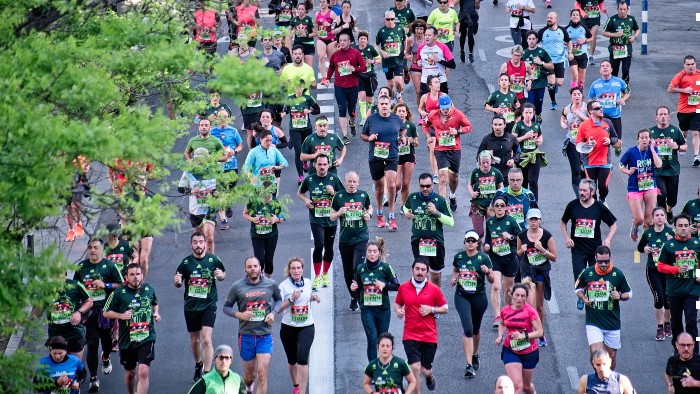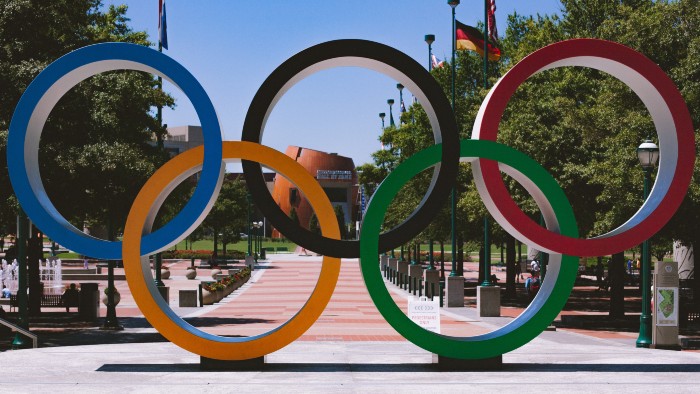The research draws on data from the 2018 Virgin Money London Marathon, which was the hottest in the race’s 37-year history, and examines the impact of increased air temperature and thermal perception (the temperature ‘felt’ by the body) on the finish times of non-elite runners.
It recommends that organisers use forecasting to mitigate the physical strain on completing a marathon in high temperatures – such as amending the start time to avoid high temperatures; helping runners to adjust pacing strategies and finish time goals; providing safety recommendations for participants at high-risk time points; and advising on cooling strategies.
The study is the first to investigate temperature in the context of the London Marathon and its findings are in accordance with previous research indicating that finish times are slower in hot conditions compared with cooler conditions.
With this year’s London Marathon being held in autumn rather than spring when the temperature is usually hotter, the current weather forecast is ambient (c. 16 °C) for this weekend.
Tim Vernon, senior research fellow and head of the Sport and Human Performance Research Group at Sheffield Hallam University and 2018 London Marathon finisher, said: “There’s nothing you can do about the weather other than being prepared ahead of time for what is forecast. In 2018 we had no idea what to expect physically and mentally and changed nothing on race day despite the forecast of hot weather. In hindsight, this wasn’t a good idea and we suffered as a result. On Sunday, it’s unlikely to be too hot, but be prepared to alter your plans as the weather dictates, remember you’re there to enjoy the day.”
Maxine Gregory, senior research fellow at Sheffield Hallam University, secretary of the European Network of Outdoor Sport and 2018 London Marathon finisher, said: “This weekend’s weather is set to be a far cry from 2018’s heatwave, with a cool, rainy day forecast. However it’s important for runners to realise what an effect environmental conditions can have on performance. Adjustments to kit, pacing strategy and nutrition and dehydration need to be made based on weather conditions. Competitors train so hard physically but it’s also important to consider and prepare for the other aspects of an endurance event.”
Over one million runners participate in marathons annually, on Sunday, in addition to the 40,000 participants running through the streets of London, thousands more will be taking part in the virtual London Marathon on a course of their choice, most without the same levels of support and assurance provided by the organised infrastructure of the London Marathon.
The physical demands of marathon running are considerable, irrespective of performance standard. Participants that finish between two and four hours burn 2000 to 2800 calories on average, which places extensive strain on metabolic, cardiorespiratory, thermophysiological, mechanical and perceptual regulatory systems. The study confirms these demands are intensified in hot and humid conditions, particularly when air temperature exceeds 20 °C.



